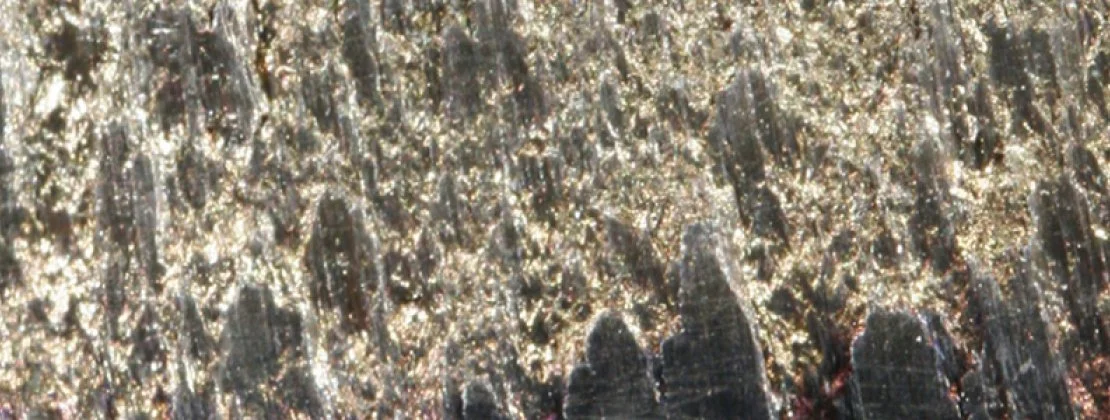Lanthanum

Overview
Lanthanum was discovered in 1839 by Carl G. Mosander. He was searching for impurities he believed existed in samples of cerium. He took finely powdered cerium nitrate and added nitric acid. Some of the cerium nitrate powder dissolved in the acid indicating a new earth might be present. The new oxide was more basic than ceria (cerium oxide) and, unlike ceria, dissolved in the acid.
Mosander separated the solution from the precipitate and obtained a pale brick-coloured oxide of the new rare earth. The name comes from the Greek word lanthano meaning to be hidden.
Properties
- A silvery-white soft metal, which can be cut with a knife.
- It is ductile and malleable.
- Exposed surfaces tarnish rapidly in air forming the oxide.
- Reacts with water to form lanthanum hydroxide plus hydrogen gas.
- Lanthanum is chemically reactive and forms compounds with carbon, nitrogen, boron, selenium, silicon, phosphorus, sulphur, and with the halogens.
Applications
- Lanthanum is used in large quantities in nickel metal hydride (NiMH) rechargeable batteries for hybrid automobiles. The negative electrode (cathode) in NiMH batteries is a mixture of metal hydrides – typically a rare earth misch metal hydride containing praseodymium, neodymium, lanthanum and cerium.
- It is used as a petroleum cracking catalyst, catalysing the splitting of long chain hydrocarbons into shorter chained species.
- Lanthanum is used as an additive to make nodular cast iron and as an additive in steel.
- Flame lighter flints use misch metal (a rare earth alloy) containing lanthanum to produce sparks by friction.
- Lanthanum is used in hydrogen sponge alloys, which take up to 400 times their own volume of hydrogen gas.
- It is also used to make night vision goggles (infrared-absorbing glass). High quality camera and telescope lenses contain lanthanum oxide (La2O3) making use of its high refractive index and low dispersion.
- Lanthanum carbonate is used to reduce blood levels of phosphate in patients with kidney disease.
Recycling
Rare earths are very challenging to recycle due partly to their very dispersed use.
